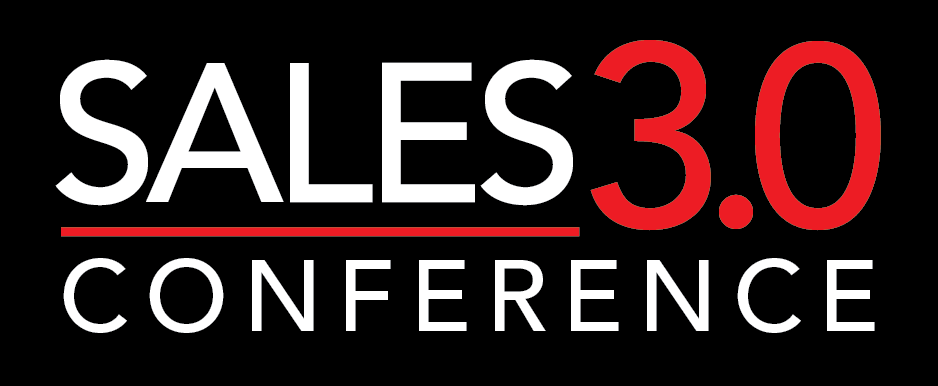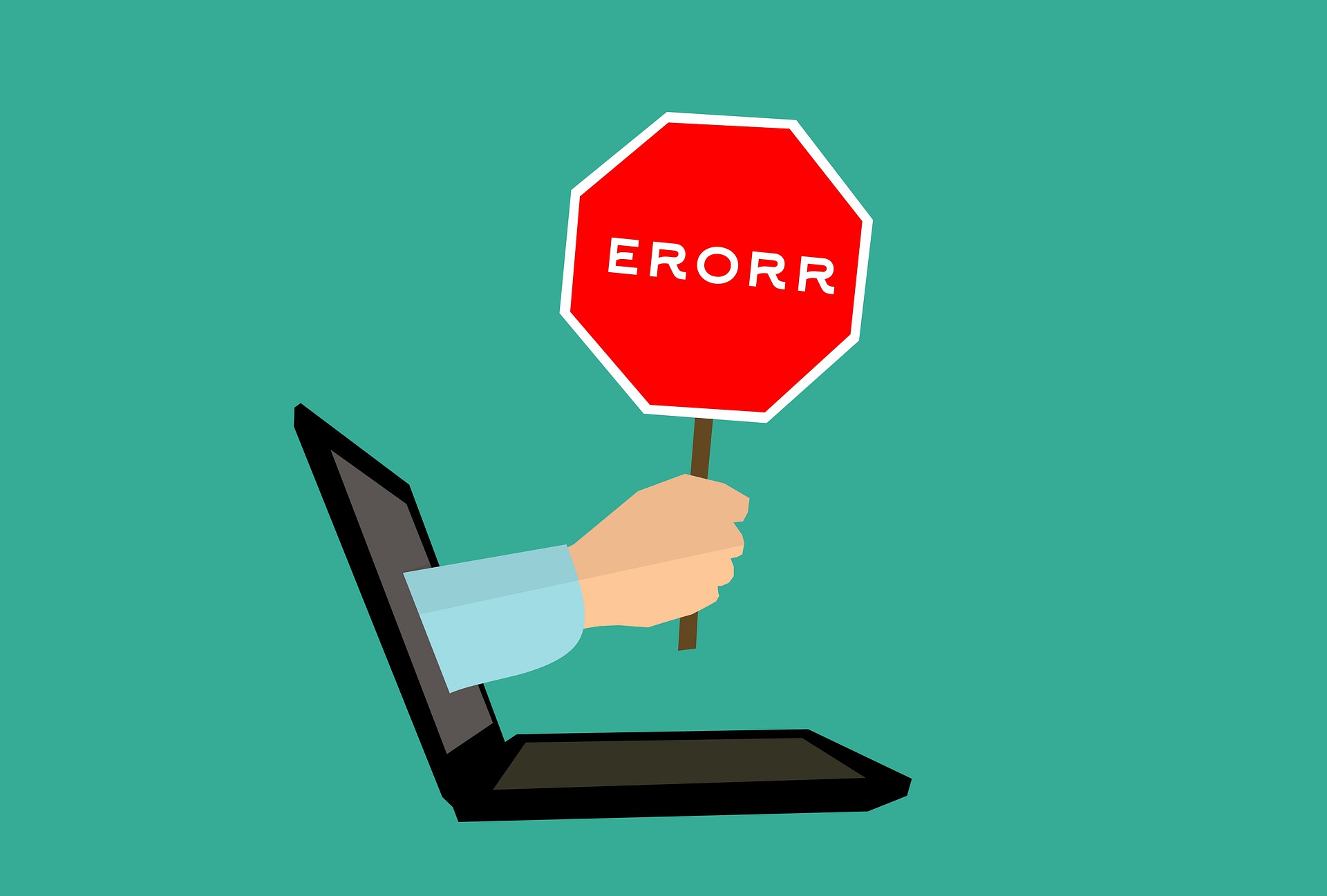As CEO of ConnectAndSell, I get to see a lot of prospecting lists, including how many times they are used for actual prospecting. Here, in descending order of negative impact on your prospecting results, are some mistakes you might be making with lists—and what to do about them.
1. Your lists include people at companies you really don’t want to do business with.
There are a number of causes for this list malady, but the most common is that you let your sales reps create their own lists. Creative interpretation of your company’s strategy, rep by rep, made sense when a sales rep’s job was to dispose of enough of their company’s manufactured output, within the rep’s territory, at sufficient gross profit to keep the lights on and the machines whirring. Sales usually fulfills a more strategic go-to-market purpose these days, and letting your reps sell to whomever will buy—especially at a discount proposed by the rep—makes little sense when your goal is market exploration, expansion, or dominance.
The cure is simple: centralize list management, using reliable data sources to target only companies within your target market. Reps should call lists, not make lists.
2. Your lists don’t include dormant leads.
If you have inbound leads, and most of us do, some of them have not yet had a conversation. Maybe a rep has tried them once or twice—or even the six times specified in your inbound lead response policies. But it takes an average of 23 call attempts to talk with someone, whether inbound or outbound, so most never get a conversation. And the fact is, these people actually expressed interest in your offerings and haven’t made a buying decision yet.
The cure is to go back regularly, no less often than once per quarter, and put all your dormant leads—the unspoken-to ones—into a big list. Then use ZoomInfo (or an equivalent) to make sure you have their best phone numbers, and run a call blitz all day to talk to them. One dormant lead list I know of produced 731 meetings in 11 business days of intensive calling. Turns out there is gold in the junk pile.
3. You are not systematically calling follow-ups.
What I mean by a follow-up is a “target contact you have spoken with, not set a meeting with, but think you should speak with again.” This definition includes people who hung up on you. After all, you spoke with them and have no reason not to want to speak with them again, except perhaps for your bruised ego. These prospects are very efficient to reach because 100% of them have proven they answer the phone, at least on one occasion.
The cure is to keep a follow-up list that includes a script that makes it easy for you to start the conversation up again. And to call that entire list, every day, at least twice. You should get about 9x more positive meetings per dial.
4. You are not creating a meeting-reschedule list.
This is your most valuable list. Every person on this list didn’t show up at a meeting you scheduled with them. They not only answer the phone by habit, just like those on your follow-up list, but they are often eager to tell you why they couldn’t make it to your meeting. And tell you much more as well.
The cure is the same as the follow-up list cure. Call your reschedule list at least two times per day. Say, “It looks like we planned to meet on <insert date and time here>. Something must have come up for you. When would be a better time?”
So, that’s it, in four easy pieces. The first one is obvious, because most lists will contain clearly unqualified companies and people. The next three are easy but require both an eye for a future beyond this quarter and putting your ego aside and just making the call.
Follow Chris Beall on his Market Dominance Guys podcast on your favorite podcast broadcaster.

Chris Beall is CEO at ConnectAndSell, a Silicon Valley–based corporation. For 30 years, Chris has led software startups as a founder or early-stage developer. He believes the most powerful part of a software system is the human being, and that the value key is to let the computer do what it does well (go fast without getting bored) in order to free up human potential. To learn more about what ConnectAndSell’s sales-acceleration platform can do to help you achieve your sales goals, visit https://connectandsell.com/.




